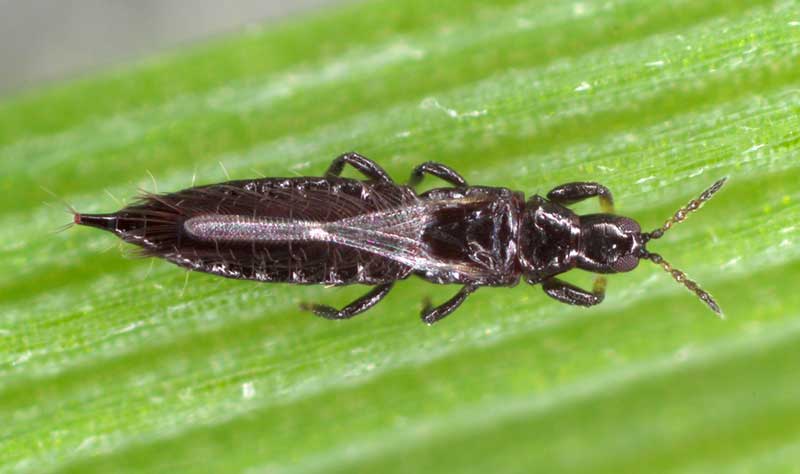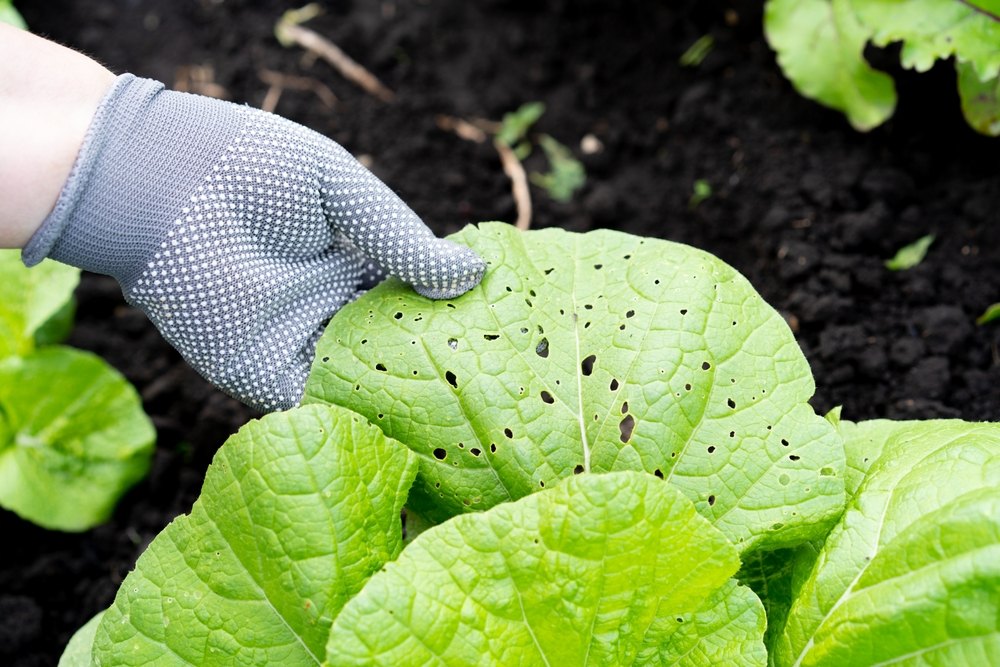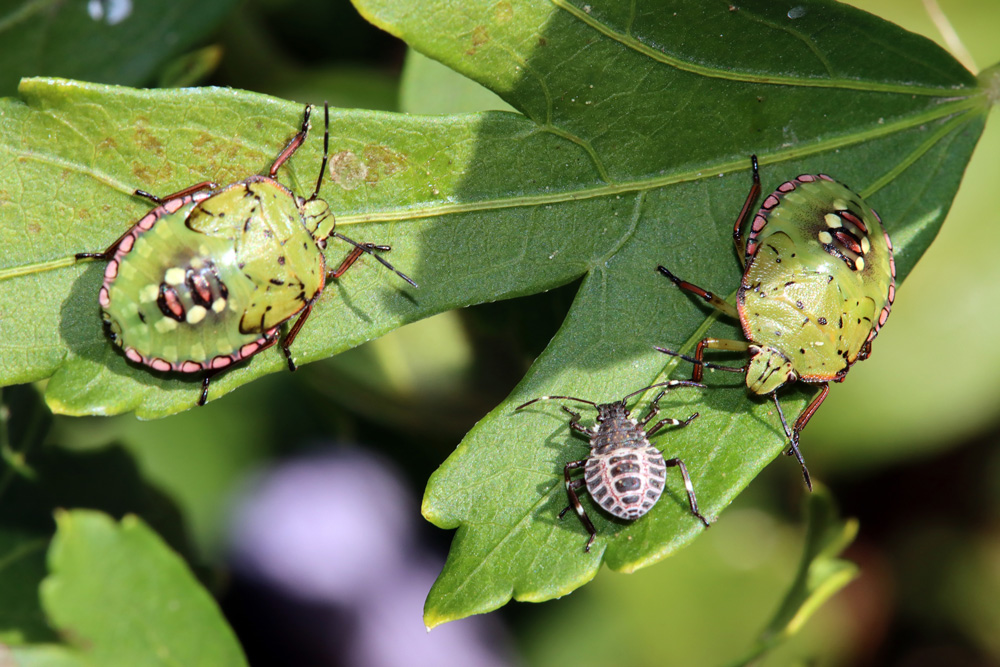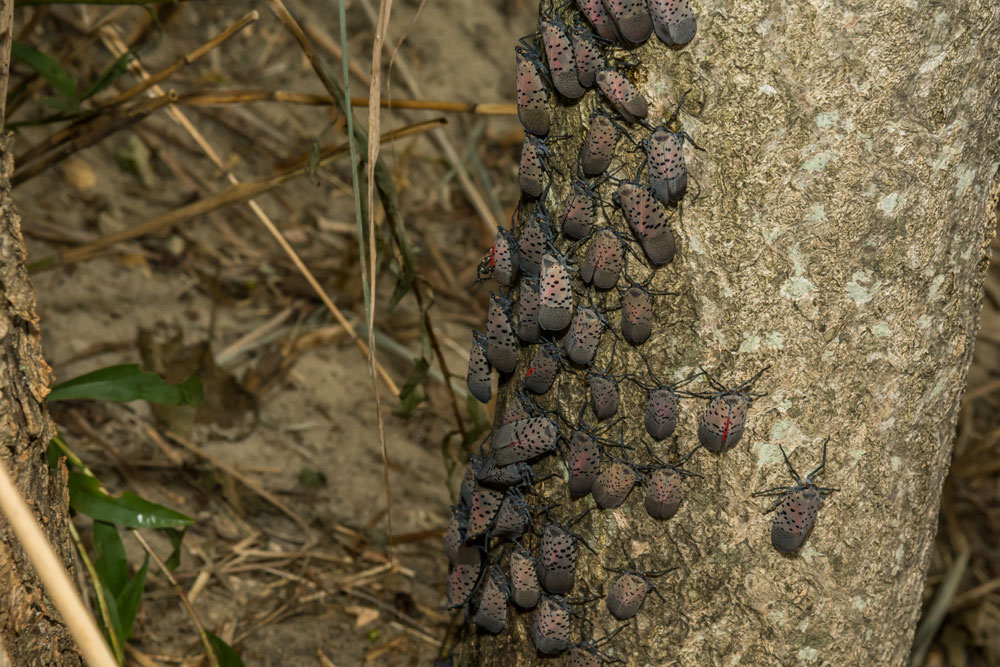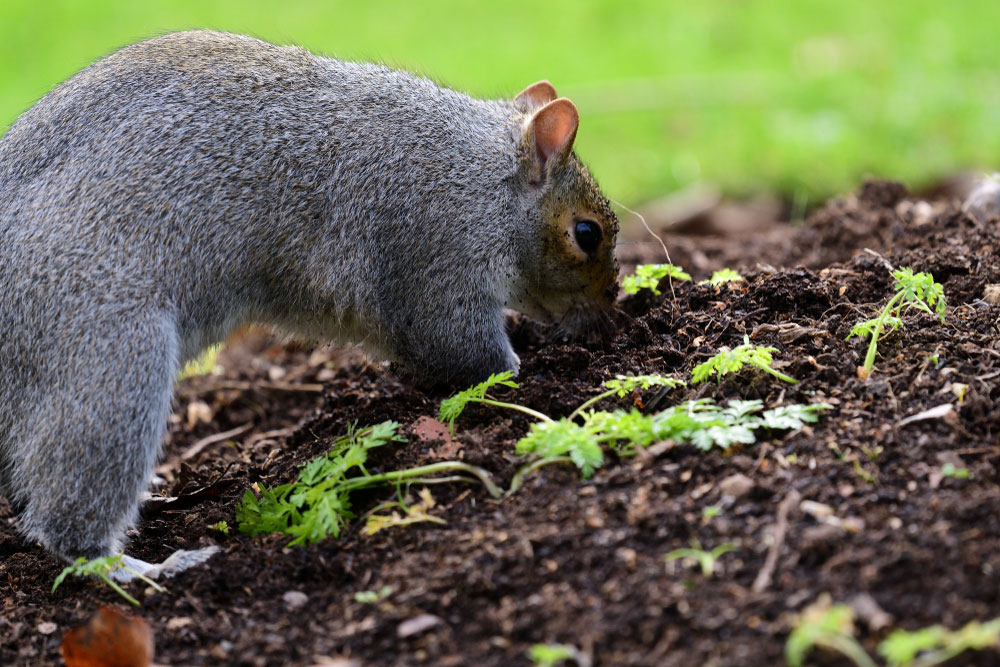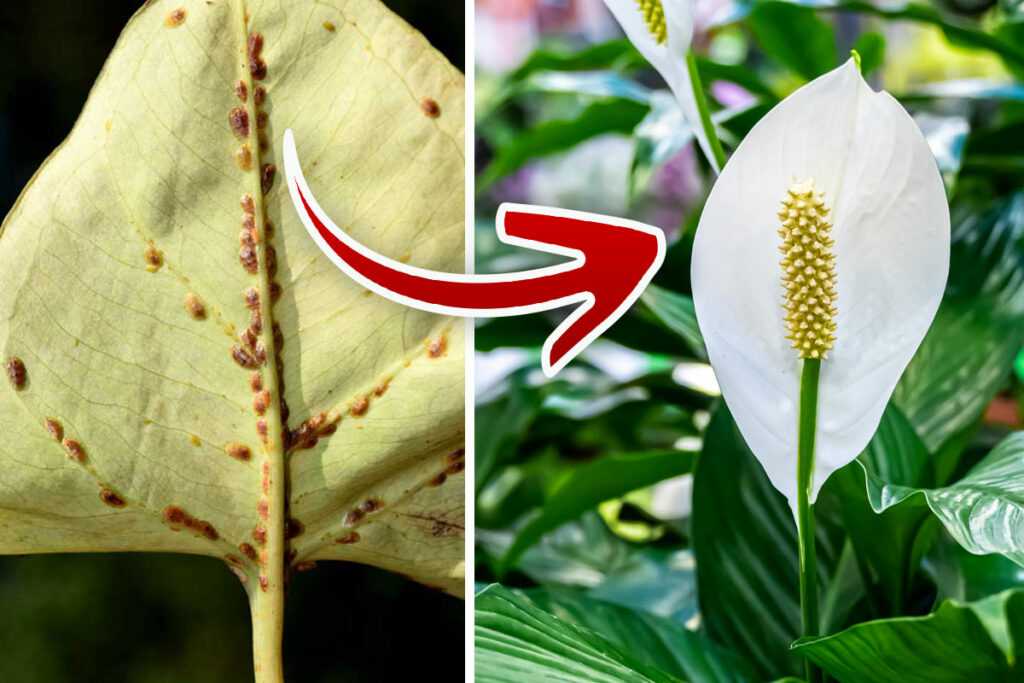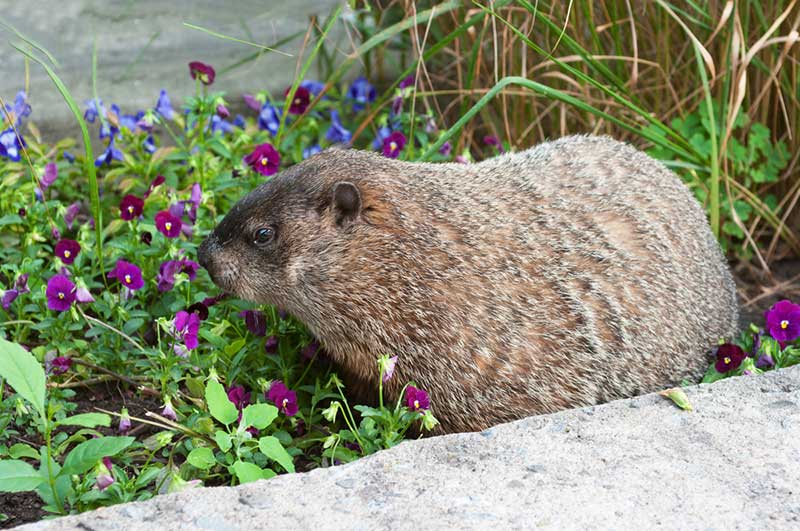
Groundhogs are a common garden pest that, despite their cute little faces and ears, are not a welcome sight. They may just be animals in search of food and shelter, but when their ideal living quarters and supermarket unfortunately happen to be in your yard, you quickly lose sympathy for them. If you see signs of groundhogs in your garden, you need to act quickly for a number of reasons, chief among them saving your plants, preventing damage to buildings and other structures (as the animals can often burrow near or under buildings, destabilizing them), and stopping whole groundhog families from moving in.
But getting rid of these tenacious critters is a challenge. You need to approach this from different angles to evict the ones in your yard and stop others from moving in.
When to Do This
You need to be aware of groundhog lifecycles first because using the wrong method at the wrong time can result in some rather cruel outcomes. You may not like groundhogs, but you should try to use humane methods whenever possible.
Groundhogs hibernate in winter, waking up around late winter and early spring. March and April form mating season, and late spring and early summer are when groundhogs raise their young. The method you choose to get rid of them should be one that doesn’t leave young groundhogs abandoned in a burrow or any groundhog trapped and dying in a burrow. Not only is this inhumane, but the carcass could attract other wild animals to your yard if you live near wooded areas.
Exclusion Is Best
No matter what else you do, you need to set up a system to exclude groundhogs. This means installing fencing built to particular specifications and closing off old, abandoned burrows regardless of how many groundhogs you think are in your yard right now. Install fencing around your yard – remember to get city, county, and HOA permits as needed – that extends at least 2 feet down into the ground. The bottom of the fencing should turn parallel to the ground outside the fencing in an L shape. In other words, if a groundhog is outside the fence and tries to dig under it, it should hit a flat portion of the fence as it burrows down. Be sure not to end up digging into your neighbors’ property.
Above ground, the fence should be at least 4 feet tall and have a top that is curved outward and that is preferably floppy. The outward curve makes it harder for the groundhog to climb over the fence, and the floppy top will fall down with the groundhog’s weight. The one caveat is that you want to be sure that top flops down away from your yard and not into it.
Other remedies include placing layers of plastic under soil in beds so that groundhogs can’t dig their way up into the middle of your veggies. The plastic should extend past the borders of the bed, but because the plastic will be buried, this won’t affect the look of your garden.
In late summer, start closing off entrances to burrows. If you find an abandoned burrow, close it off immediately so no new groundhogs decide to move in. Seal one entrance at a time to give the groundhog time to move on before you seal all entrances.
Trapping and Professional Pest Control
It is possible to trap or fumigate for groundhogs. If you trap them, use a live trap covered with wet dirt (not necessarily mud) and baited with tasty fruits and vegetables. Do not use a trap that kills the groundhog as again, the carcass can attract other pests. With a live trap, you must wear thick gloves because groundhogs bite. A blanket thrown over the trap as you move the trapped animal out of the yard is a good idea to help calm them down. You’ll have to take the animal far away from your yard – at least 5 miles and preferably at least 10 – and release it in a wooded area.
If you live in a suburban zone, however, with no real woods around, you may need to call a humane pest control company that works with animals. They will know of areas where they can release the groundhog. They will also be able to tell if there are young groundhogs in a burrow, so they can retrieve and relocate those animals, too.
Fumigation, or smoking out using smoke bombs, may kill a groundhog. However, burrows can be so extensive, with multiple chambers, that the smoke may not reach the groundhog at all.
Home Remedies for Scaring and Repelling
You may not need to resort to manual removal, however. You might be able to scare the groundhog away or repel it. Spraying “sudsy” ammonia around and into the entrances of the burrow is one remedy that, anecdotally at least, has had good results. Groundhogs hate the chemical smell and fumes. In addition to spraying the entrances, pouring some sudsy ammonia into each hole is an option. Do keep your pets and kids away from the sprayed areas, and wear personal protective gear including goggles and gloves. Don’t breathe the fumes!
Groundhogs tend not to like pungent odors, or odors associated with dogs, cats, and humans. You can add cayenne pepper to the ammonia solution, or you can place crushed garlic and hot peppers in each burrow entrance, too. Kitty litter saturated with cat urine is another repellent, as is dog urine; if you don’t have your own pet, you can buy predator-urine scents commercially. Placing human hair in the burrows is supposed to annoy groundhogs, too, but hair could quickly blow away in windy conditions.
If You Can’t Beat ‘Em, Feed ‘Em?
Sometimes nothing seems to work, and the groundhog seems to laugh at your puny attempts to evict it. You could try doing something that seems odd if you’re trying to save your yard: Create a food patch just for the groundhogs. This can range from growing a small number of vegetable plants away from your main garden, just for the groundhogs, or creating a patch with alfalfa, parsley, clover, and other plants that groundhogs like. The idea is to create a decoy garden that draws groundhogs away from your main garden, allowing you to install fencing and other exclusion techniques around your main property.





